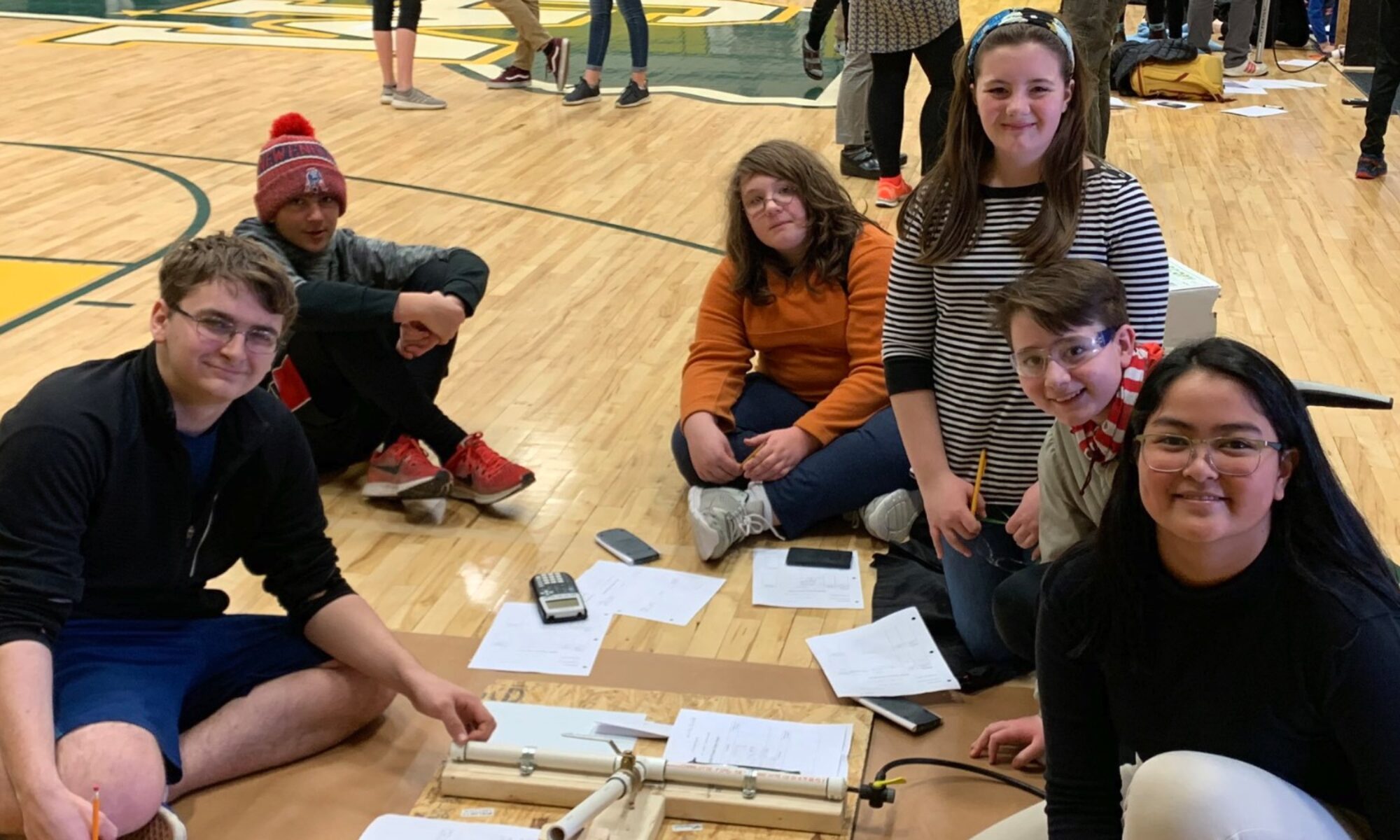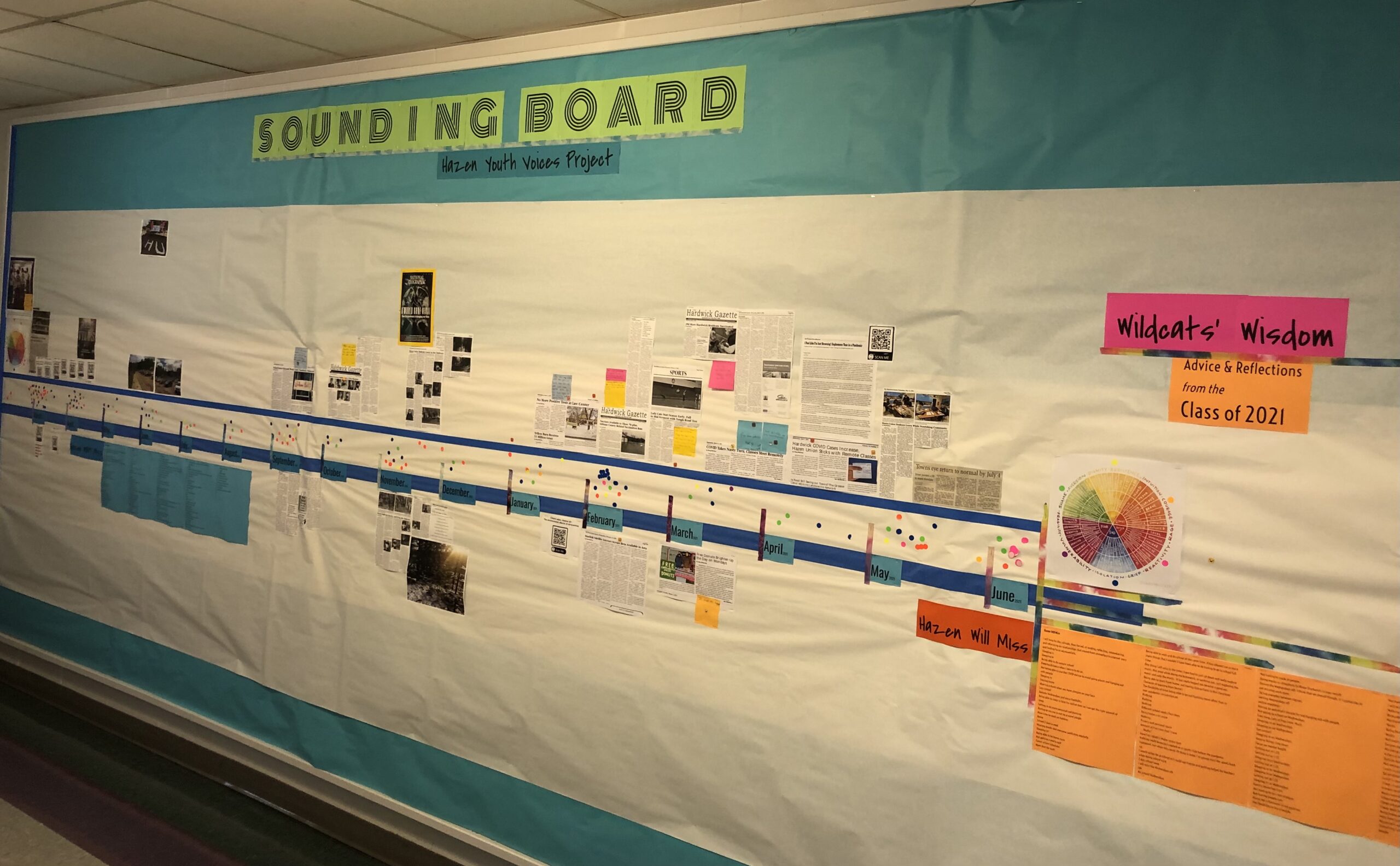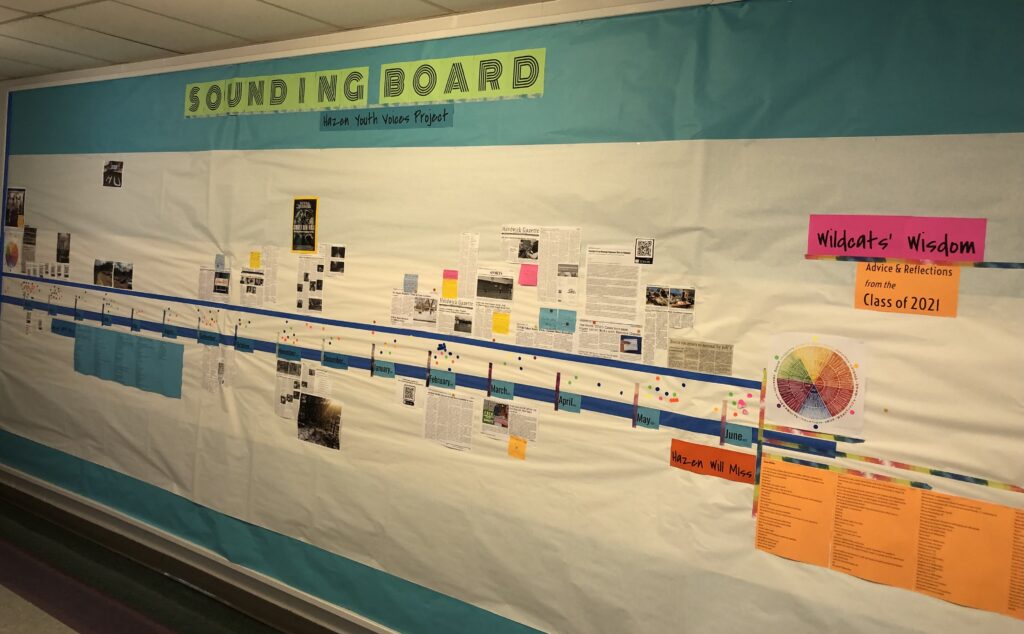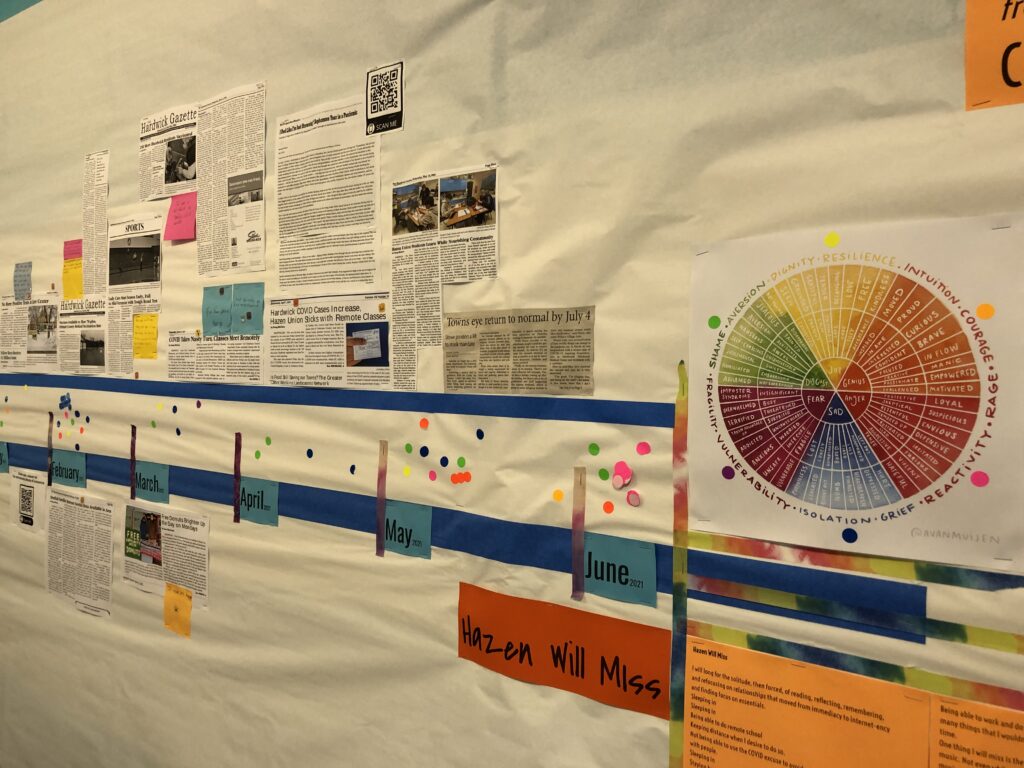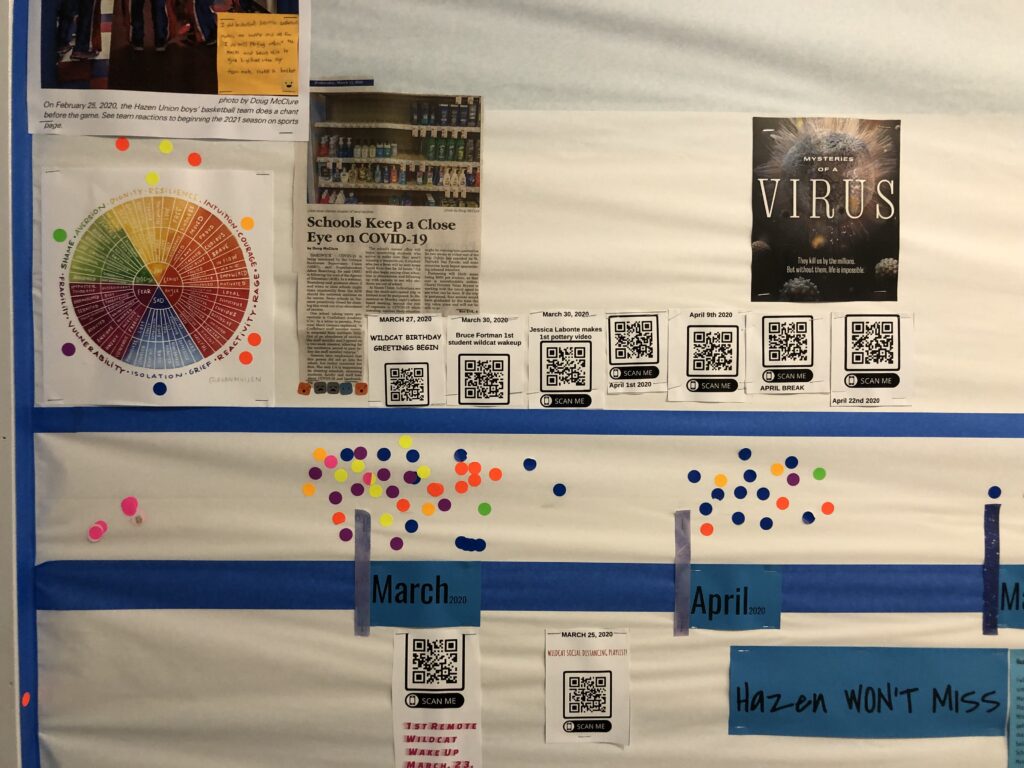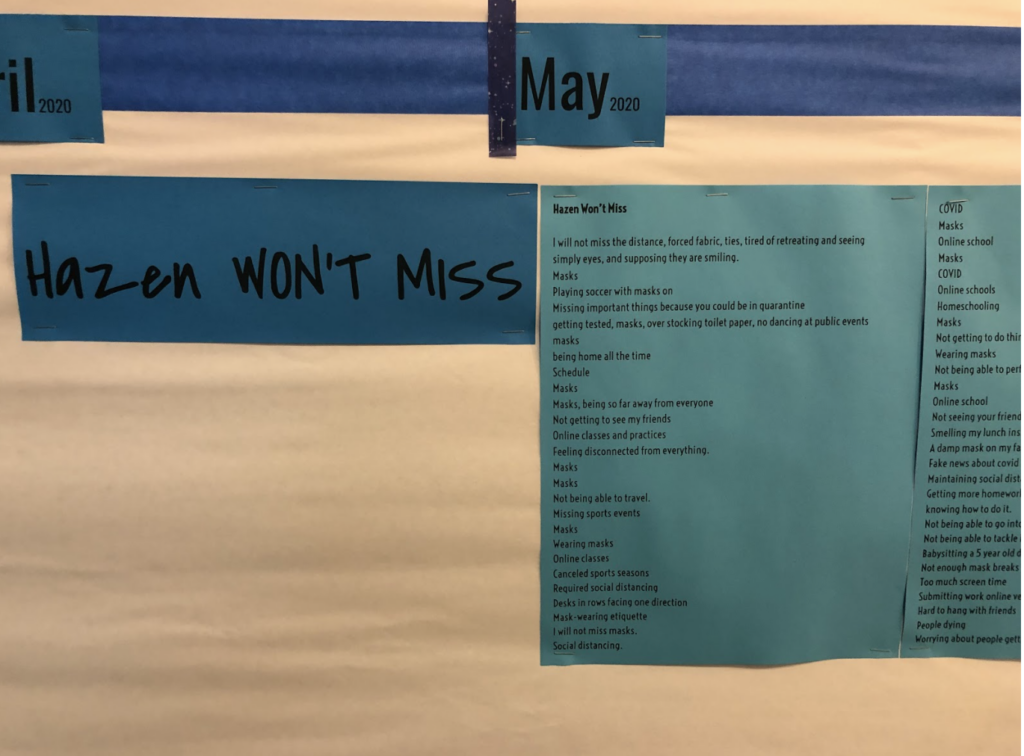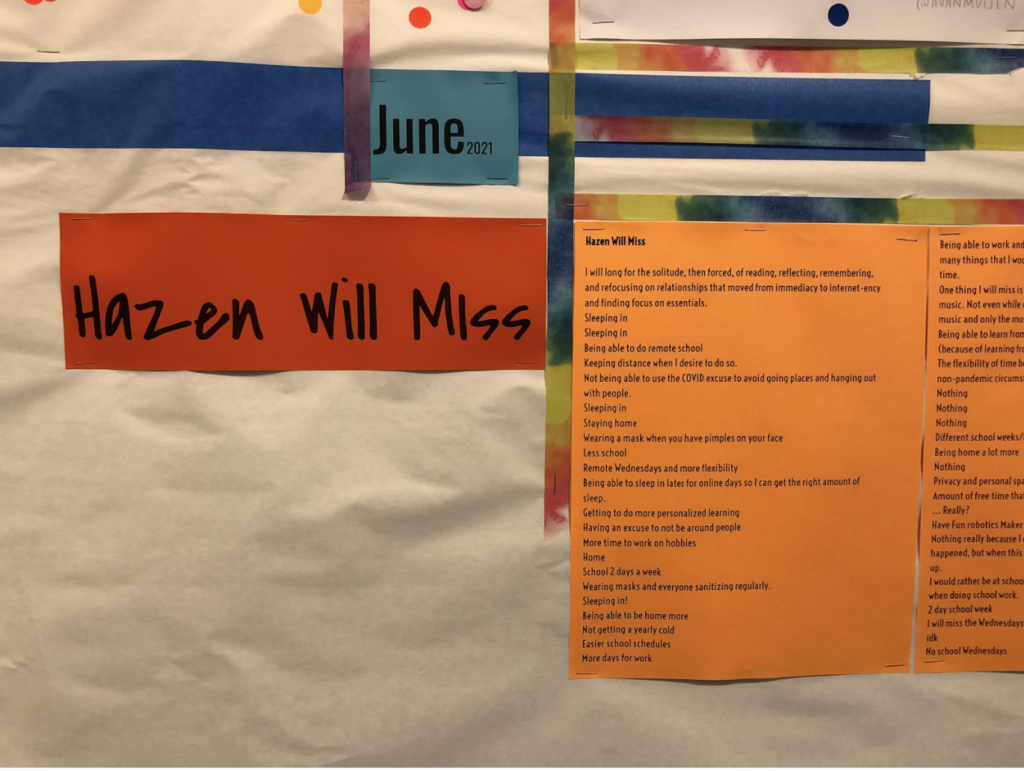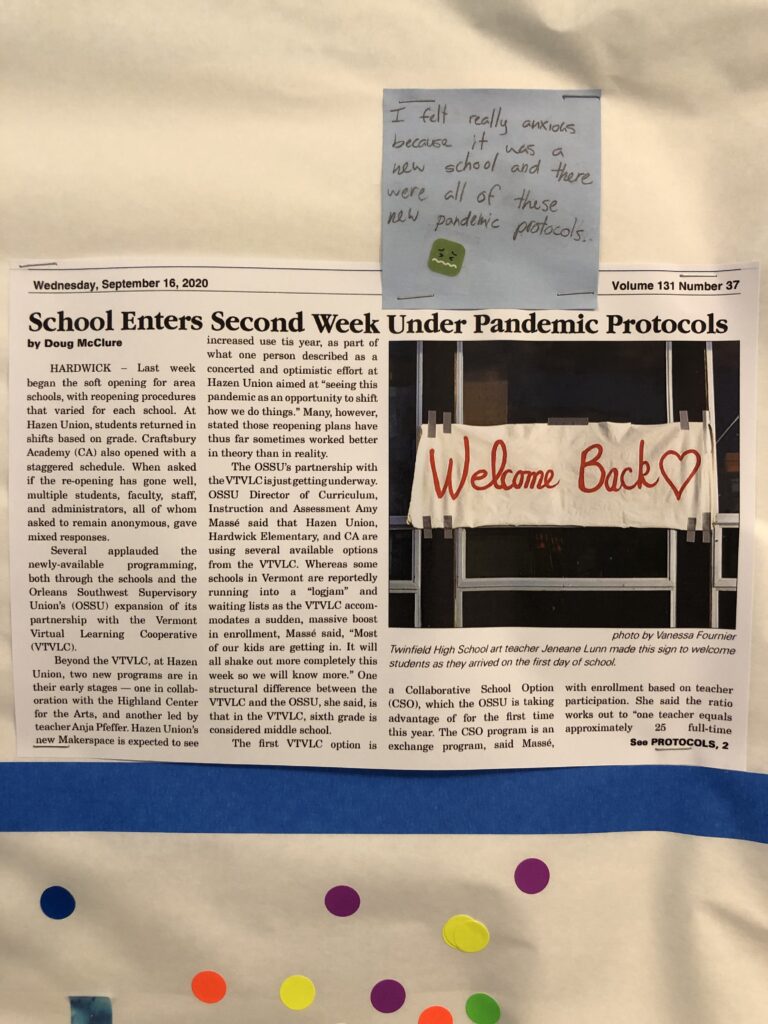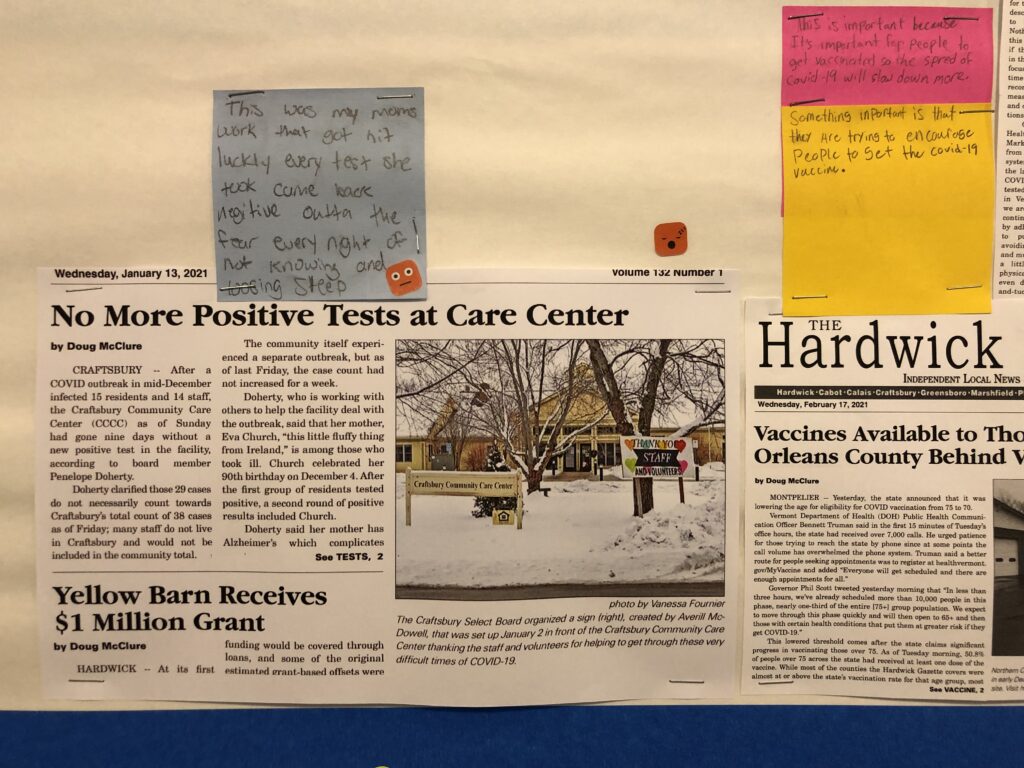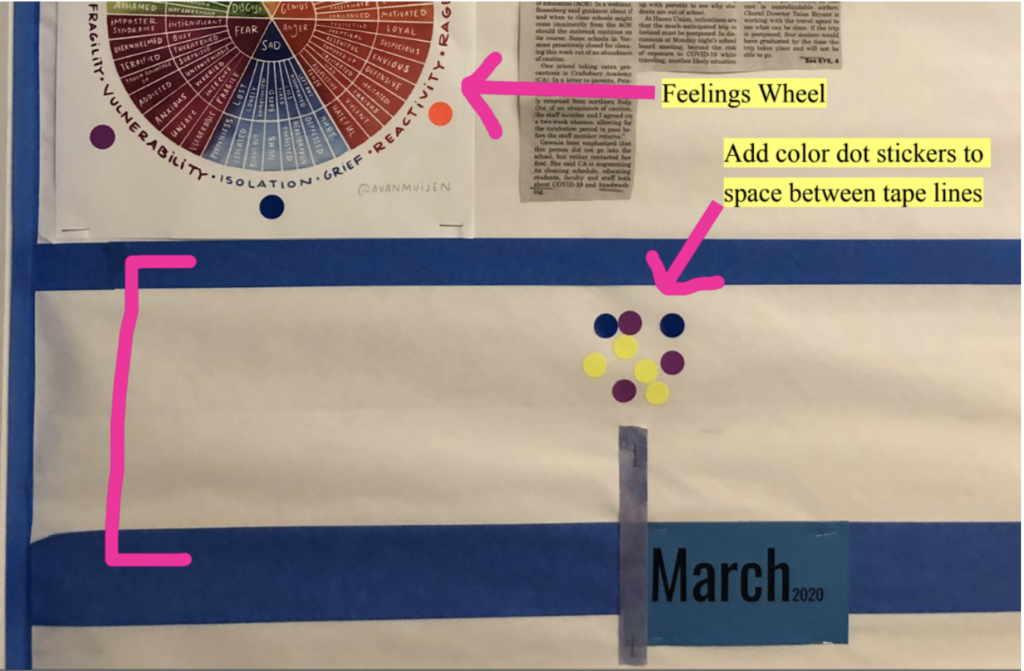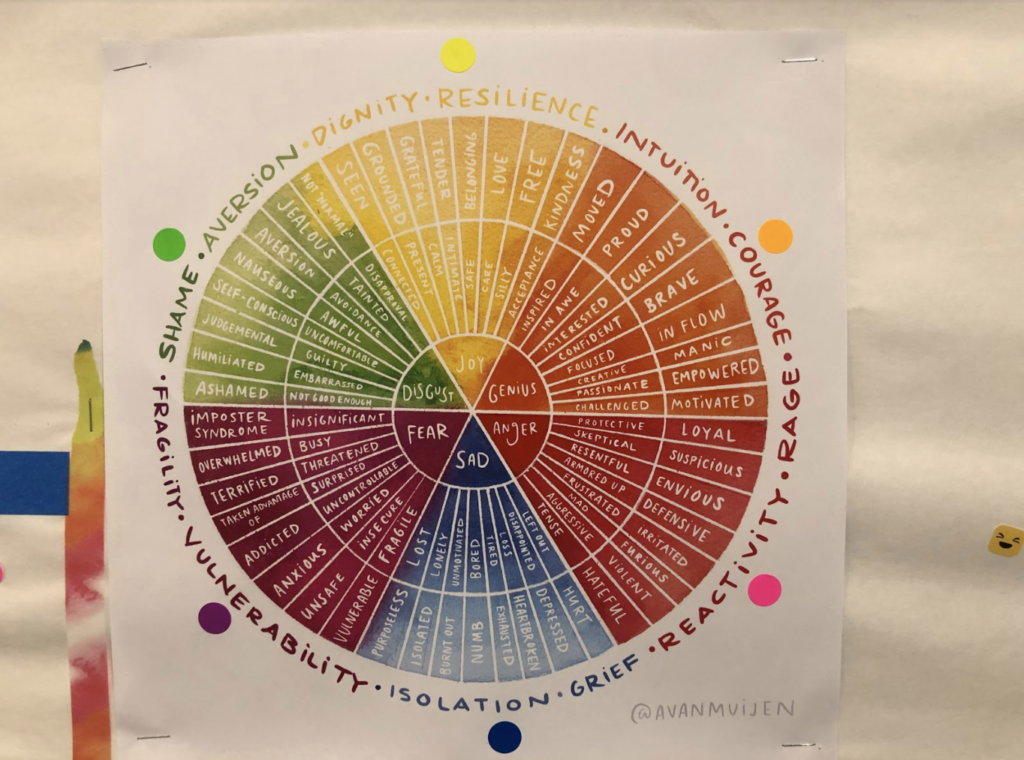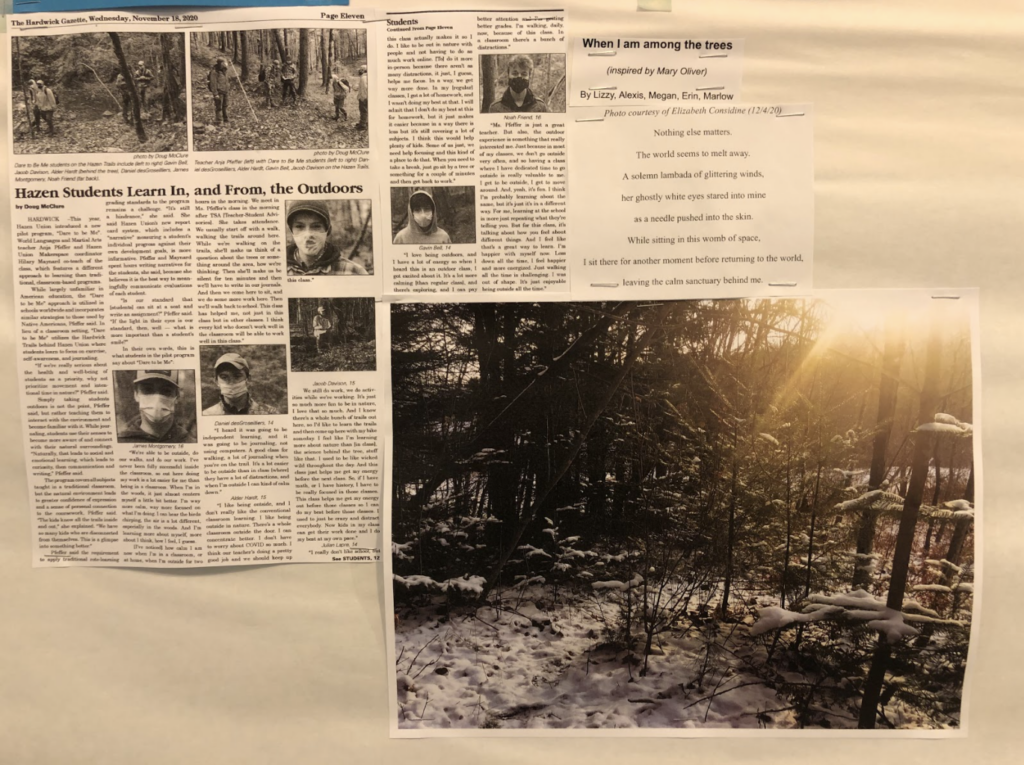How can a school community emerge from isolation to reflect on individual and collective experiences from this uniquely challenging and transformative year? This spring, Hazen Union Middle/High School came back together around a creative engagement installation: the Sounding Board. Part of a broader Hazen Youth Voices Project — a collaborative initiative launched by the school’s Vermont Community Learning Network (VCLN) team — the board is an interactive timeline display that captures the year through visual and auditory reflections.
In line with their district mission of fostering learner agency through reflective practice, Hazen is exploring a variety of community-centered, project-based approaches that embed this theme into all students’ educational experiences. And Hazen’s participation in the Vermont Community Learning Network provides the infrastructure to do so. This network helps schools and communities evolve into a cohesive learning system. We collaborate to answer the essential question:
What are the best next steps — the most effective sequence of professional development and community engagement — for educators and partners in their quest to help all students develop a love for learning?
School-wide initiatives include student-led parent/guardian dialogues, independent-based learning projects, narrative grade reports and digital Personalized Learning Plan and Portfolio Process (PLPPP’s). Faculty and staff from every content area and grade level prioritize tasks centered around student voice and identity. Multimedia projects, including interviewing and audio projects in partnership with Vermont Folklife Center (VFC) and Vermont Public Radio (VPR), are just some examples of Hazen’s efforts to make reflection and agency part of the school culture. This year, students engaged in conversations with neighbors, friends, family members, elder partners, authors and storytellers, teachers and even the elementary school to talk about everything from Youth Vaccines to Coyote Stories to Pandemic Adjustments to Healthcare Workers During COVID to Family Recipes.
Sounding Board Project Goals
“We are making history here — and youth voice matters.” (From the VCLN team’s framing for faculty.)
Global Citizenship classes at Hazen highlight the significance of primary sources and artifacts. Collaborations with the Hardwick Historical Society, VFC and VPR impressed upon the VCLN team the importance of contributing youth voices to historical records of the pandemic. Perhaps even more important, the team expressed a sense of urgency about hearing from students about their current needs. When a Hazen student and faculty member participated in the Senator Sanders Virtual Town Hall for Vermont high school students, the event hit home the immediate and overwhelming challenges facing our youth, exacerbated by the pandemic.
With these seeds planted, the VCLN team wondered: How might we offer the Hazen community a fun and therapeutic way to come together and share our collective thoughts and feelings about the COVID experience? Key outcomes would include learning more about students’ needs and inviting them to take leading roles in shaping the future.
The team decided on a plan with two major components:
- Guided prompts for student-centered reflection and discussion,
- A large-format visual display on the school’s walls for collecting and sharing the work from these activities.
Project goals:
- Active listening: Better understand how our students are doing and hear what they need. Make student voice and agency central to our message and mission and culture. Prioritize inclusion, accessibility and equity.
- Historical record: Collect, document, archive and share student voices and artifacts from the pandemic.
- Connection: Come back together as a school community before we head off for the summer. Reflect on the emotions and memories of the past year and a half.
- Shared wisdom: Identify lessons and insights, new routines and relationships that we want to carry forward into our future.
- Visioning: How do we collectively envision our future? What do we want Hazen to be when we return in September? What do we need to do to rebuild our community?
- Celebration: Celebrate the community’s resilience, which has been central to navigating this time. Showcase multimedia student work from the year. Celebrate graduating seniors.
Gathering Voices
In a typical year, it can be a challenge to find the time, space and momentum to bring students from all corners of the school together around a single endeavor. This year, thanks to the pandemic, organizing a coordinated community project is a monumental feat. In an effort to hear from as many students as possible, the VCLN team identified Teacher/Student Advisory as an ideal place to initiate this work, from both a logistical and social/emotional standpoint. Because students begin every day in a 50-minute block with the same small group of students, advisory provides the necessary time, in a safe and welcoming environment, for students to comfortably engage in a range of topics and deeper reflection.
In appreciation and acknowledgment of teachers’ expertise and nuanced relationships with their respective advisories, the team settled on a format that gave individual advisories and advisors creative freedom and autonomy. With the “please do and can do,” they were able to ensure a collective spirit and fidelity to the collective project. This also honored the needs and interests of diverse advisories. The team knew it was essential to make the menu concise and straightforward. So they worked together to offer streamlined and engaging offerings that would support teachers. No need to burden them with more responsibilities during an already hectic and overwhelming year.
Implementation
The VCLN team:
- uses weekly faculty meetings to introduce focus for the week: welcome, model, scaffold, and test; invite questions and ideas.
- shares Menu of weekly goals and prompts, with one “Please Do” and additional optional “Can Do” activities.
- sends weekly emails and calendar reminders and provides resources and supplies.
- collects responses to collate and display on the Sounding Board
Sounding Board Close-Up
- Collective Poems: Hazen Will Miss/Hazen Won’t Miss; see also Hazen’s April collective poetry prompts: Today we feel…, Spring in Vermont and Hazen Pet Haikus
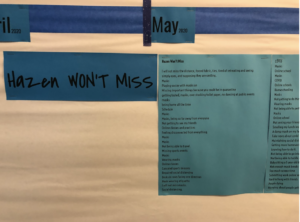
- Reflective Responses: On sticky notes, students share why they chose the articles they did. In addition, they shared how the article/event made them feel.
- Feelings Wheel: A spectrum of feelings, grouped by color and category, to help students explore and identify their feelings at different points throughout the year. Copyright Abby Van Muijen
- Student Work: Multimedia class projects and artwork
- Words of Wisdom: Graduating seniors will share advice with the rest of the Hazen Community.
Keeping the momentum going
Next up, when we return to school in the fall, we will create ways for students to share their hopes and dreams for the 2021/2022 school year. In addition, they also want to invite the local community to come inside to see and hear what the students shared. Moving forward, a major priority is strengthening community partnerships. This could serve as an excellent launching point for long term collaborations.
How might you find ways to reflect with your community?
Inspired by Hazen’s example? You can learn more about the Sounding Board by checking out this Wakelet collection of mural/pandemic/timeline inspirations. And, the Vermont Folklife Center through their Listening In Place resource seeks “ways to maintain our connections to one another when we most need them, engage with personal stories to strengthen our relationships, and create a record of what we are experiencing throughout the pandemic, and beyond.” You can see here how they partnered with Hazen to do so, for even more inspiration.
